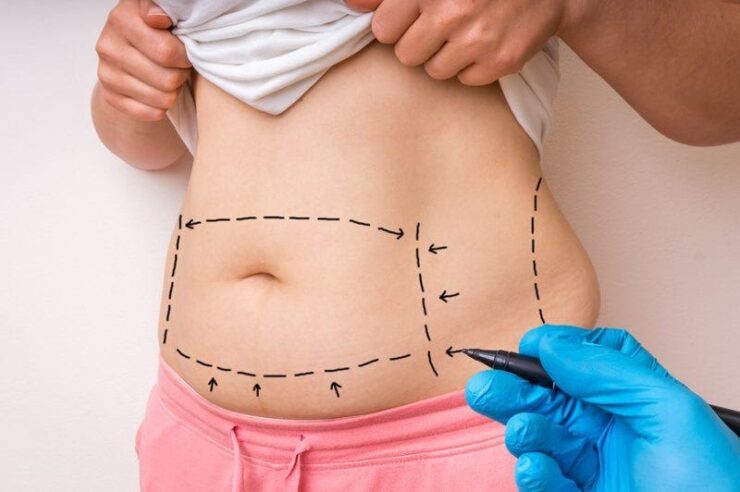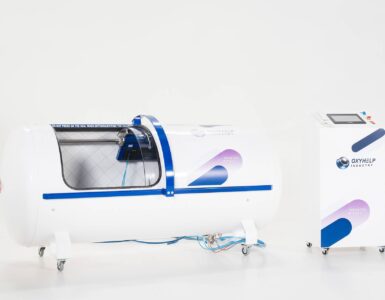A tummy tuck, or abdominoplasty, is a surgical procedure that repairs the six-pack muscles and removes the extra skin and fat of the abdomen. The six-pack muscles may separate after childbirth, ageing or weight gain, and many people want to regain a strong abdominal core and flat contour.
If you are thinking about tummy tuck surgery, you will naturally have a few questions about the process. Here are some answers to the most common questions regarding a tummy tuck in Sydney, Melbourne, Perth or across Australia.
1. What happens in a tummy tuck consultation?
Your qualified plastic surgeon will provide a personalised and comprehensive consultation which includes a physical examination, patient history, before and after photos and treatment options. During your consultation, your plastic surgeon will work with you to develop a procedure that is aligned with your goals and desire for the abdominoplasty.
2. What happens during the tummy tuck procedure?
During your procedure, your plastic surgeon will work to repair the separation of your abdominal muscles and remove the extra skin and fat from the abdomen. Additional liposuction treatment may be included to contour the flanks and abdomen if required.
3. What to expect after your procedure?
Your plastic surgeon will provide you with a compression garment to wear, and this will be kept on for four to six weeks after the procedure to reduce swelling. You may feel discomfort at times during recovery, but most patients can deal with pain or discomfort with prescribed pain medications. You will have to remain bent at the waist while laying down or standing for seven to 10 days after your treatment, and this allows your skin to adapt and protects the incision. You should be able to stand up straight after the 10 days. If a drain is placed, it will be removed from the body once the output has subsided enough – this usually takes one to two weeks.
4. How is recovering from a tummy tuck?
Patients can walk the day after their surgery. Most patients are advised to walk a few times on the day of surgery to reduce risk of blood clotting in the legs and improve blood circulation. However, lifting and exercises like running should be avoided for a few weeks after the surgery.
Patients are generally able to return to work around two weeks after the treatment. The bruising will subside a matter of weeks, and the swelling should continue to reduce approximately three months after the surgery. The scars will become thinner, continue to heal and become lighter in colour at around 12-18 months.
5. Are there any risks involved?
As with any surgical procedure, there is a small risk of infection and bleeding. Your qualified plastic surgeon will take great care to ensure that these risks are as low as possible and will use meticulous surgical technique to do an amazing job. There is also a small risk of blood clots in the legs and lungs.
To reduce this risk, compression boots are placed on your calves during the procedure – these boots help increase circulation. A small dose of blood thinner may also be used. Adequate ambulation and hydration are also important to reduce the risk of blood clotting in the post-procedural period.
6. What happens after some time has passed?
With stable weight, tummy tucks become much more stable. If you become pregnant or experience weight fluctuations, this may have an impact on the results of your tummy tuck.




























